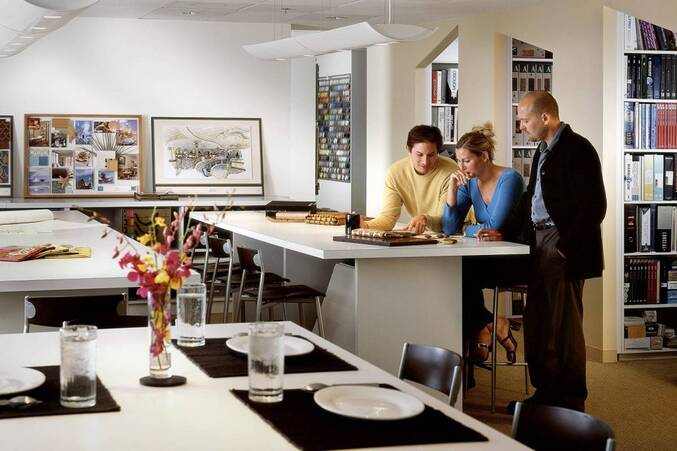Photo Courtesy : howtobecome.com
A successful interior design is one which takes its concept from the client's needs and turns it into an element of art and functionality while keeping a judicious tab on the budgetary constraints and timelines to achieve the same. While it sounds easy, but it takes a lot of careful selection, planning and Resource Management to achieve the same. Mithun Seth, CEO, AMA Design Solutions Pvt Ltd, details out six salient points to achieve the same is summarised below in brief.
- Defining the purpose - It is ever pertinent to know the real use of the designed space and it serves as the first step toward personalising the area. Depending upon the usage of the space as a School, a bungalow or a residential building, the planning will be divergent, one way or the other. Clarity of purpose, in the beginning, goes a long way to achieve the intended design.
- Do your research well - It is always important to do proper research about the site and surroundings before leaping to design as a lot of design dependencies are catered around the location of the intended space. Interior design for a unit in Mumbai will differ drastically from one in Kashmir as it will consider not only the climate but also the locally available vernacular materials.
- Planning - Planning not only refers to space planning alone but also the logistics involved in getting the space ready and Resource Management such as Manpower, Cash flow requirement, Procurement of Long lead items etc. A thoughtful approach to the same will eradicate any last-minute surprises. Planning should take the scale and size of the space into consideration while maintaining a balance between occupied and unoccupied space.
- Budget - While we can want all good that we see, but there is ultimately a constraint to what we can spend. Therefore, a smart procurement would help to substitute a higher priced item with a more budget-friendly one without compromising on the aesthetics and intent, thus keeping the budget under control.
- Mood Board - A Mood Board establishes the overall feel to the designed space making it an eloquent statement of art and therefore should be reached upon thoughtfully. This typically will cover all the design elements such as colour palette, artwork, material board, soft furnishings, Types of furniture, Fixtures and Equipment, and will define the overall look and feel of the space.
- Lighting - Lighting, considered as one of the main components of interior design can make or break the look if not complemented with the other factors of the designed space and should be very carefully chosen in relation and not in isolation. Use of soft and indirect lighting adds an element of elegance and opulence to any space.


















